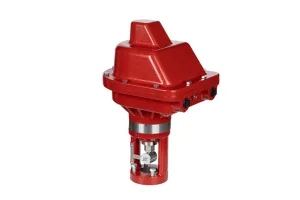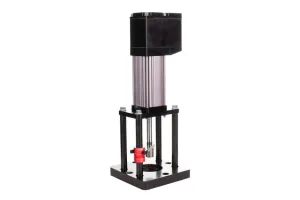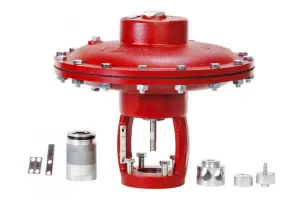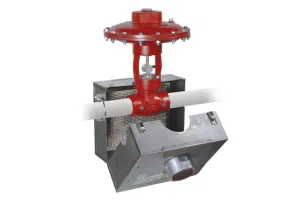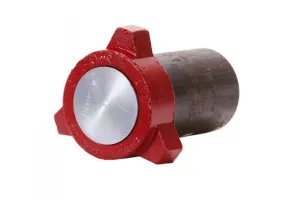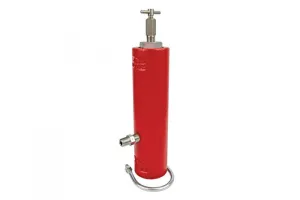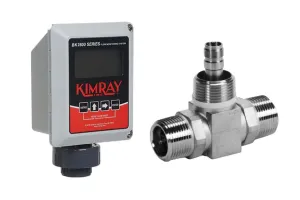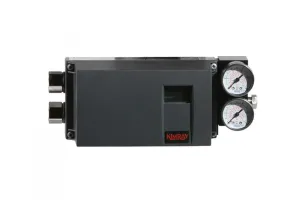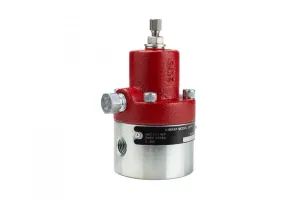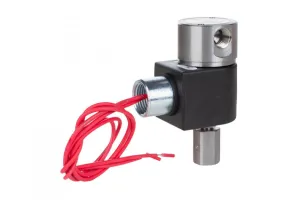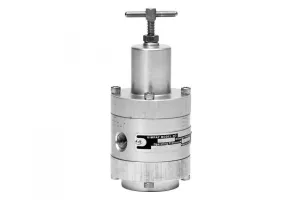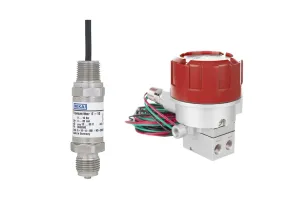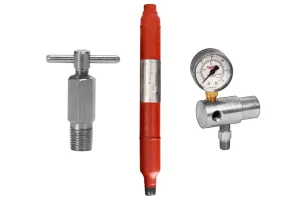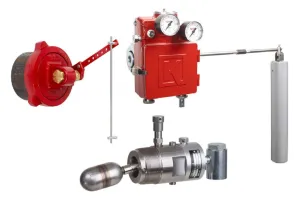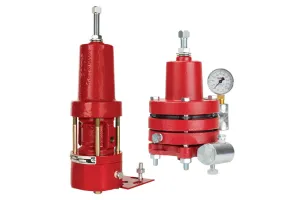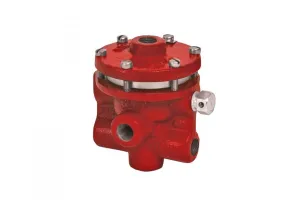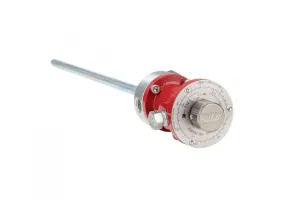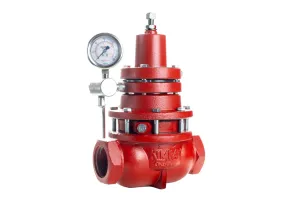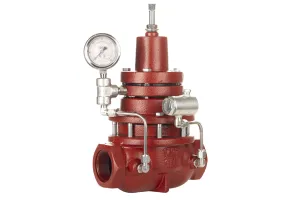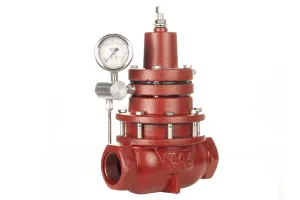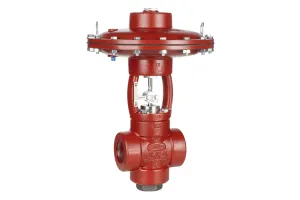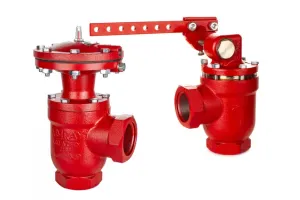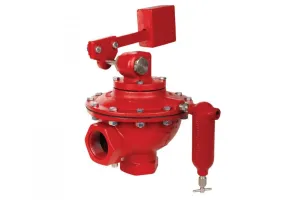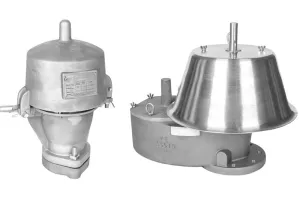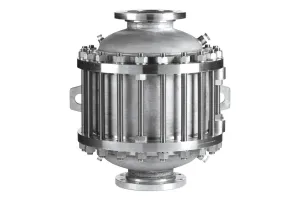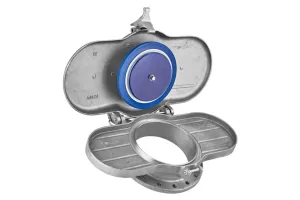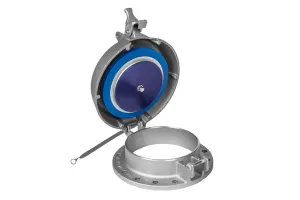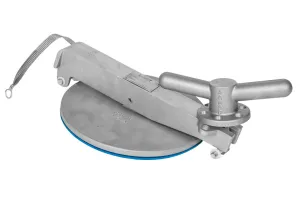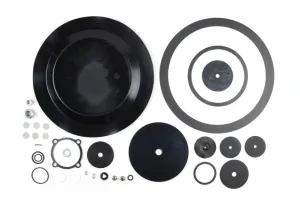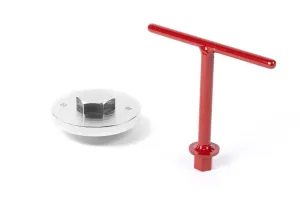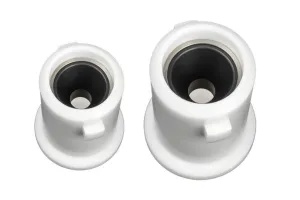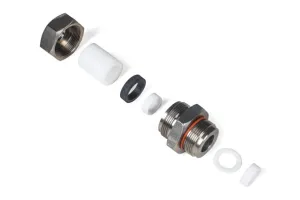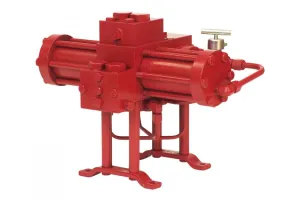
Control valves are designed to throttle, but they are also often expected to provide some type of shut-off capability.
A control valve's ability to shut off has to do with many factors: Balanced or unbalanced plug, seat material, actuator thrust, pressure drop, and the type of fluid can all play a part in how well a particular control valve shuts off.
Seat Leakage Classes
There are actually six different seat leakage classifications as defined by ANSI/FCI 70-2-1976.
But you will likely be concerned with just two of them: Class IV and Class VI.
Class IV
Class IV is also known as a "Metal-to-Metal" seat classification. It is the kind of leakage rate you can expect from a valve with a metal plug and metal seat.
All Kimray High Pressure Control Valves with metal-to-metal seats are Class IV.
Class VI
Class VI is known as a "Soft Seat" classification. Soft Seat Valves are those where either the plug or seat or both are made from some kind of composition material such as Nitrile or Polyurethane.
All Kimray valves and regulators with resilient seats are Class VI.
| Leakage Class | Allowable Leakage | Valve Types |
|---|---|---|
| Class IV | 0.01% of rated valve capacity | Intended for single-port valves with metal-to-metal seats |
| Class VI | The test fluid is air or Nitrogen. Pressure is the lesser of 50 psig or operating pressure. The leakage limit depends on valve size and ranges from 0.15 to 4.00 ml. per minute for valve sizes 1 through 6 inches. | Intended for resilient-seated valves |
Valve Leakage Class Calculations
The chart below shows the calculations of allowable leakage for Class VI valves at port diameters 1"-6" on, using the standard measurements of ml per minute and bubbles per minute.
| Port Diameter | ml per minute | bubbles per minute |
|---|---|---|
| 1 | 0.15 | 1 |
| 2 | 0.45 | 3 |
| 3 | 0.90 | 6 |
| 4 | 1.70 | 11 |
| 6 | 4.00 | 27 |
